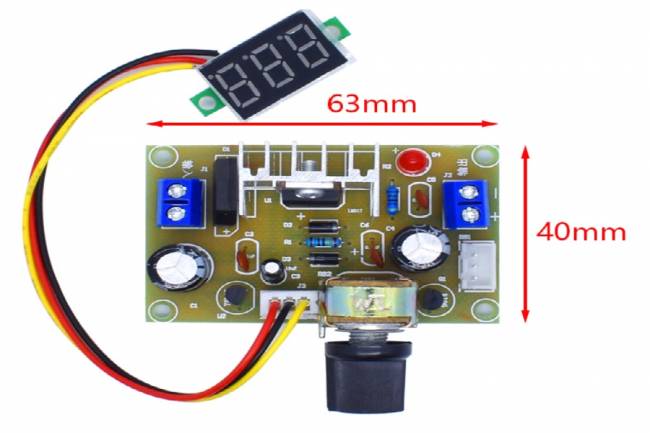
Security of IoT Systems: Bluetooth Modules and Threats
Internet of Things (IoT) technology has brought many innovations that make our lives easier by allowing devices and systems to communicate with each other over the internet. However, this connected world also brings security risks. In this article, we will discuss the security threats that IoT systems, especially those using Bluetooth modules, may encounter and examine the precautions that need to be taken.
Bluetooth and IoT Security
Bluetooth is a wireless communication protocol used in a wide range of devices, from our mobile devices to speakers and smart home devices. In IoT systems, Bluetooth enables devices to communicate with each other and exchange data wirelessly. However, this technology also has potential security vulnerabilities.
Attack Surfaces
1. Weak Authentication and Passwords: Many IoT devices use default passwords or have weak password policies. This allows malicious actors to easily gain access.
2. Monitoring Bluetooth Connections (Bluetooth Sniffing): Bluetooth traffic can be monitored and this can lead to theft of sensitive data. Unencrypted connections are especially risky.
3. Disconnection Attacks: Hackers can create signal noise to interrupt or disrupt Bluetooth connections, which can lead to IoT devices becoming non-functional.
4. Limitation of Number of Simultaneous Users: Some Bluetooth modules allow a limited number of simultaneous connections at the same time. Hackers can try to bypass this limitation and gain unauthorized access to the device.
5. Bluetooth Update Vulnerabilities: If there are vulnerabilities in the firmware update mechanisms of Bluetooth modules, hackers can install malware on the devices.
6. Spoofing Authentication Processes: Hackers can pose as an authorized device by manipulating authentication processes in Bluetooth communication.
7. Imitating a Bluetooth Connection (Bluetooth Spoofing): Hackers can establish a Bluetooth connection by pretending to be a legitimate device. This can be used to manipulate data transmission or gain unauthorized access.
8. Data Security Gaps: If data is not encrypted or stored securely during transmission over Bluetooth, hackers can access that data.
9. Bluetooth Device Addition: Hackers can add an existing Bluetooth device to the system without permission. This may result in unauthorized access.
10. Bluetooth Protocol Vulnerabilities: New vulnerabilities discovered in the Bluetooth protocol may cause hackers to target Bluetooth modules.
Measures
1. Strong Authentication and Passwords: Use strong passwords and strong authentication methods for IoT devices.
2. Encryption: Encrypt Bluetooth traffic and use strong encryption protocols during communication.
3. Update and Patch Management: Regularly update device firmware and quickly apply security patches.
4. Edit Bluetooth Settings: Do not allow unnecessary connections by adjusting Bluetooth settings when necessary.
Bluetooth has advantages such as low power consumption and ease of wireless connection, making it a common choice for IoT applications. However, Bluetooth's security measures must be handled carefully and devices must be kept up to date, as vulnerabilities can lead to malicious attacks. Keeping IoT systems secure is not just about technical measures but also about security awareness and constant updates.























